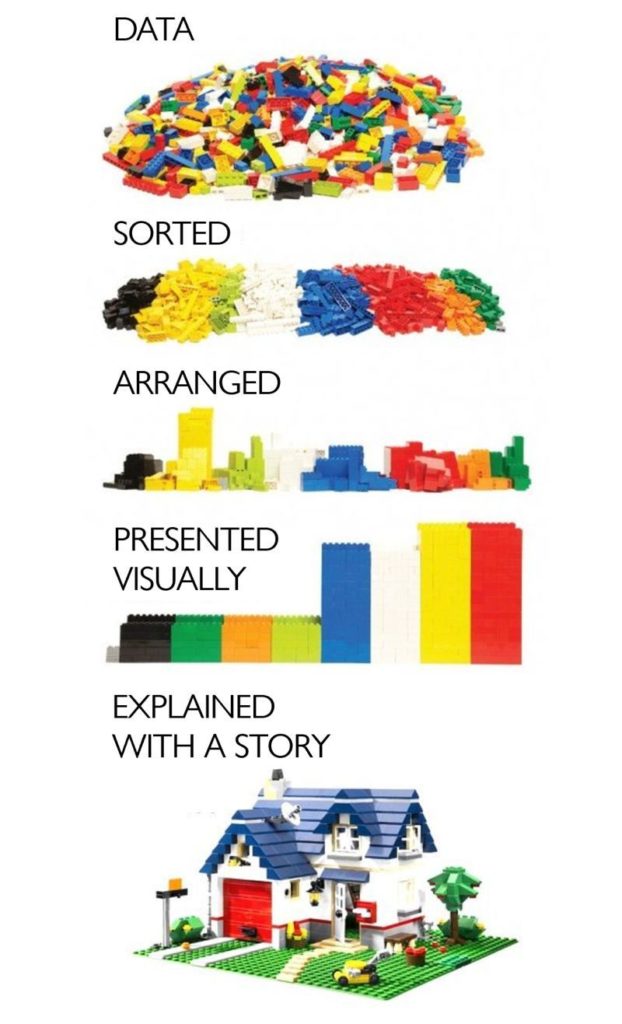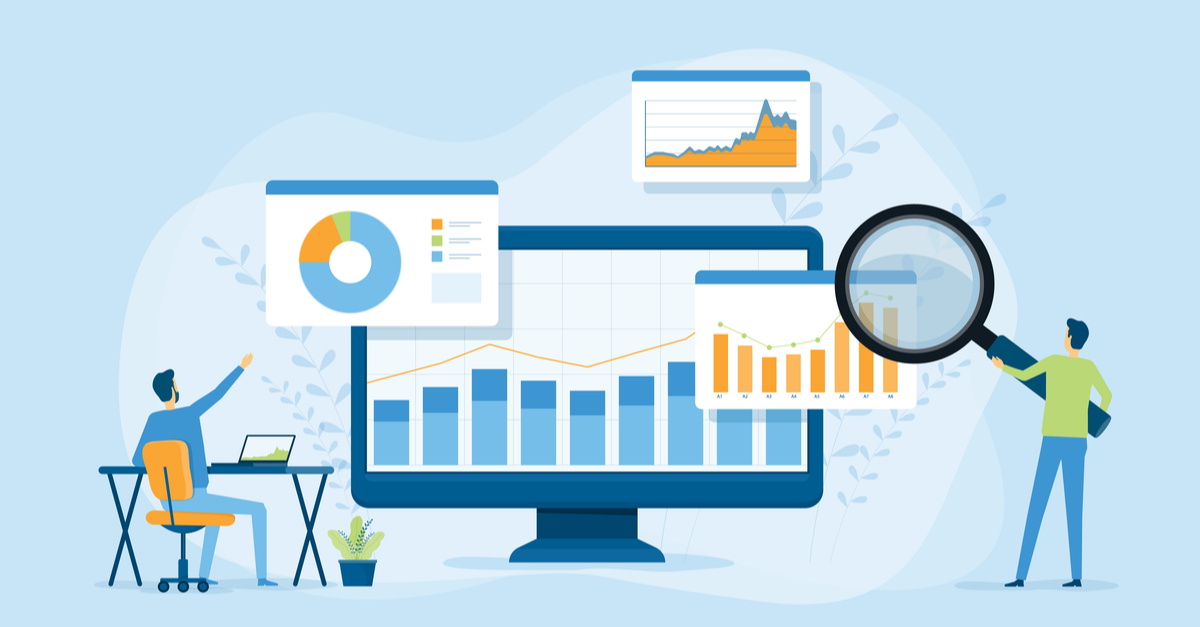I came across an interesting LinkedIn post yesterday – maybe you did too. It used legos to demonstrate the difference (and evolution) of raw data and the story the data could tell.
My first thought went to a Statistics professor that I had in college that started our first class with the statement that you can make data tell any story. Cynical, but true.
My second thought went to my clients. I work in the data collection business. Our team has spent years developing software solutions leveraging scan and RFID technology to ensure that the data we capture is the most timely and accurate possible.
Whenever we meet with new clients, the initial discussions naturally surround defining what data to collect. But before we get into the How and When of the collection process, I want to understand the Why.
Why do you want to collect that data? Or – looking at the graphic from the post – what is the story you are trying to tell?
You may (or may not) be surprised to learn that most clients struggle with the Why. A default reaction is to request that we collect everything. Since that just leads to an overwhelming amount of raw (often unusable) data,we push back.
The Why for so many clients has been lost in a fog of “that’s what we’ve always collected/reported/done” and “that’s what so & so has always requested.”
But when you peel back the layers and look at data with an honest and objective view of how you’d like to use the data, you may find that you’ve outgrown the approach and use of your past data collection efforts.
Of course, this is a world that I swim in daily. You may be thinking that there are far more important issues to address. But before you move on, have you considered the costs?
In our business, we focus on asset data. Our clients are incurring costs in the effort to conduct asset inventories (a lesser investment if they use mobilePLUS 😉) and when they leverage that data in decisions. These decisions may influence the procurement of new assets, the allocation of resources, compliance efforts, and many other areas. Those are hard dollars that add up – and impact a bottom line.
Time is money – but in many cases, so is data. I encourage you to take an honest look at yours. Why are you collecting and using certain data elements? You may find that the raw data you’re collecting doesn’t add to the story that you’re trying to tell.




